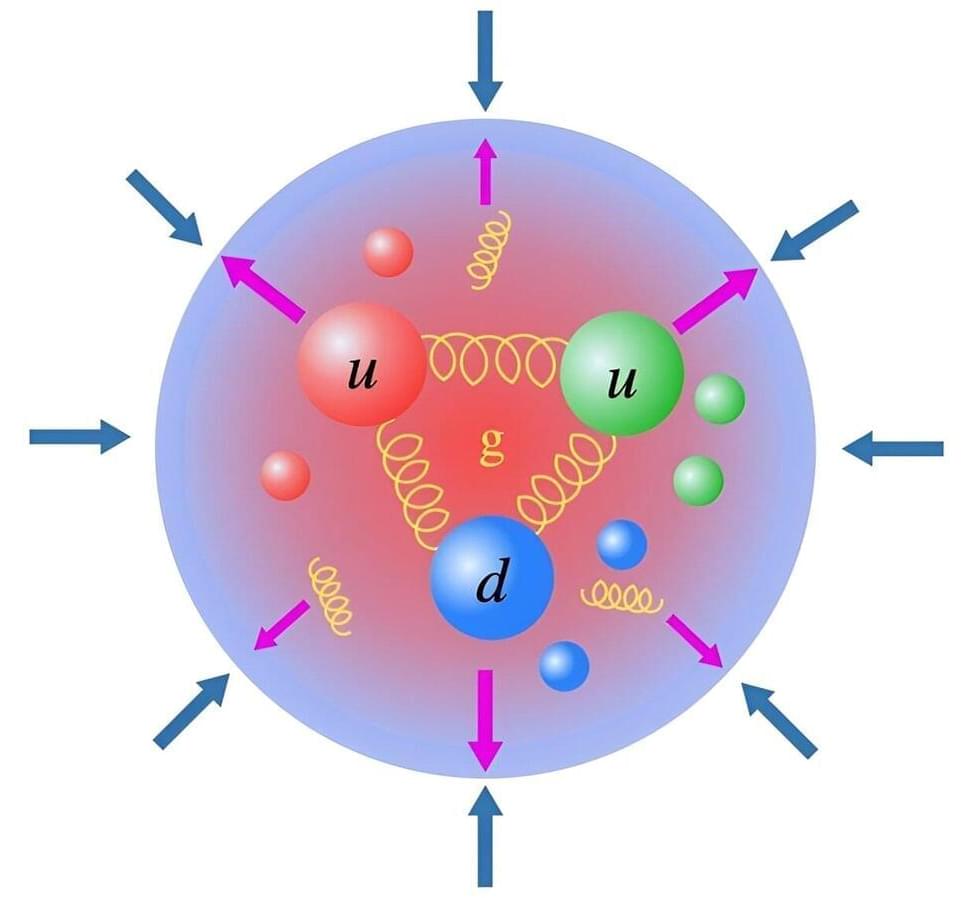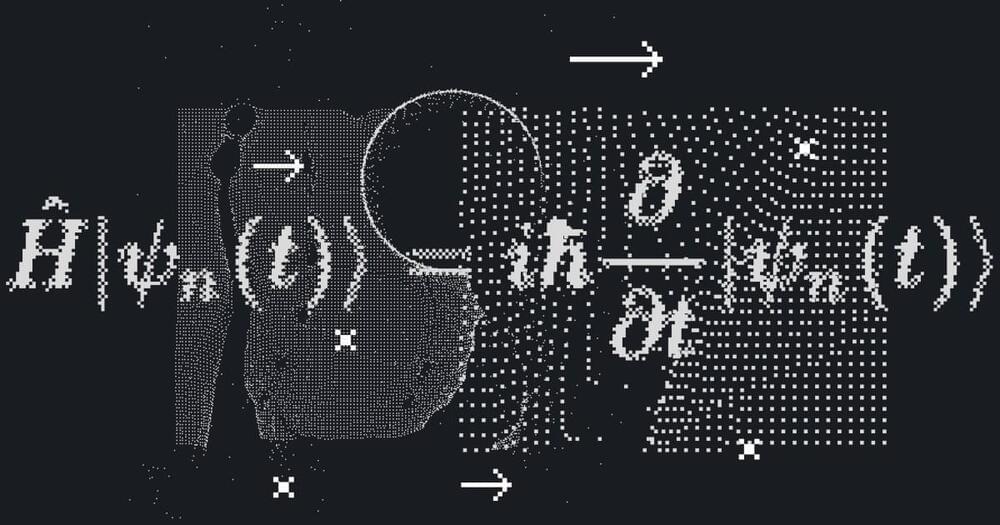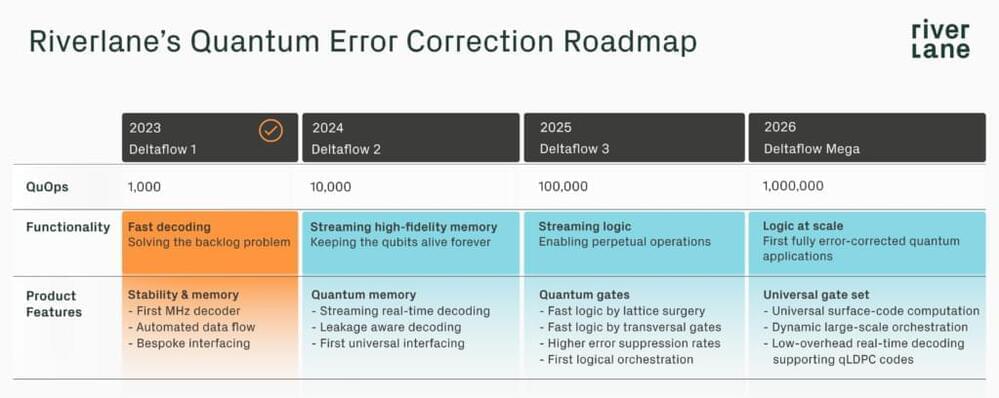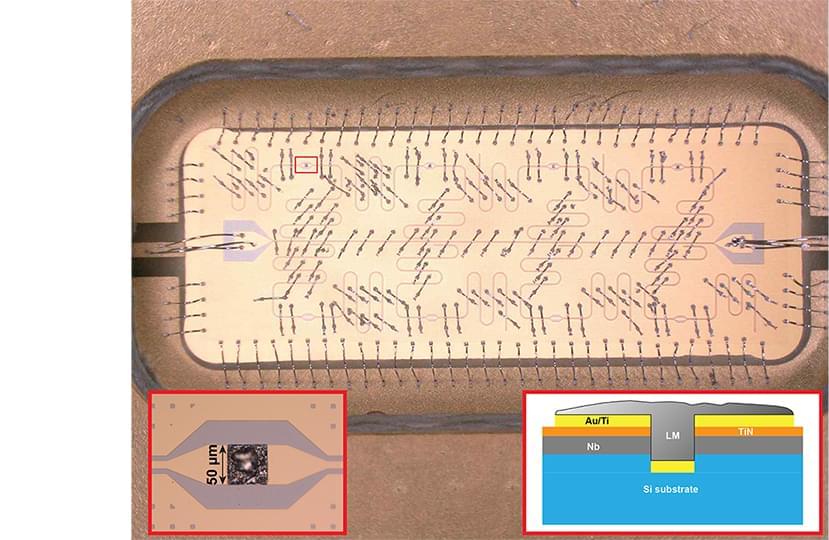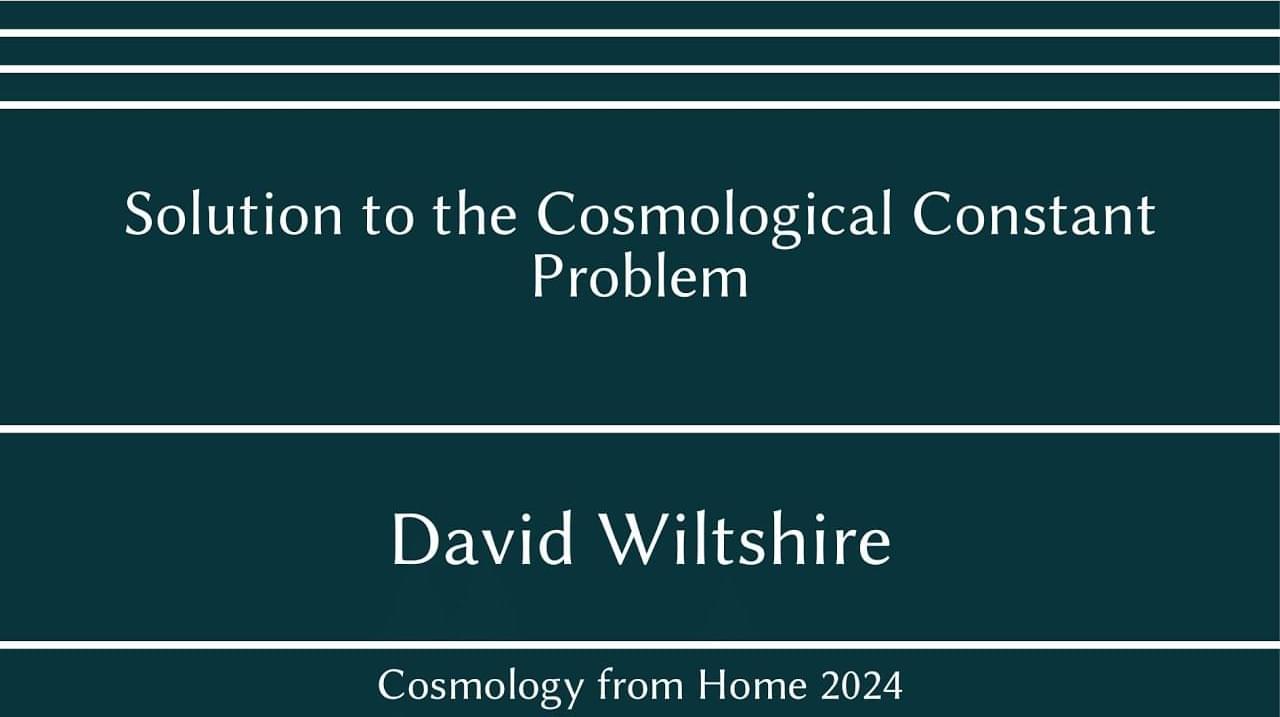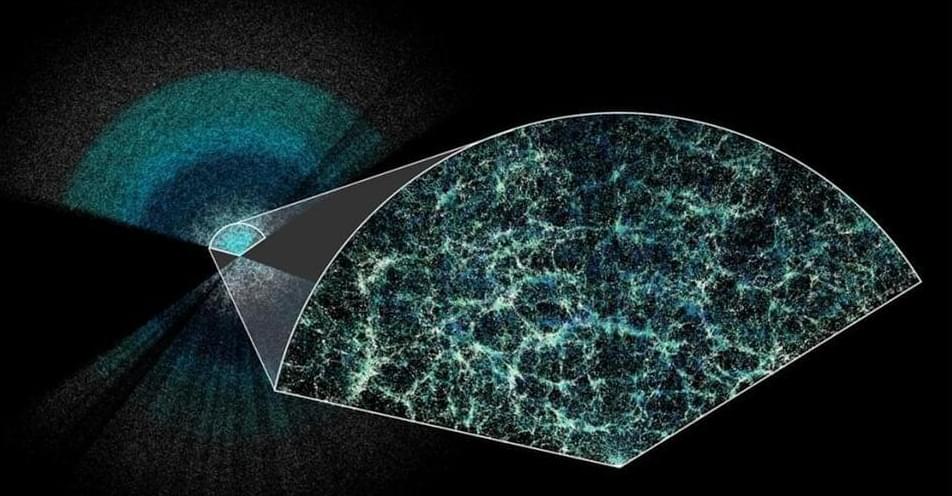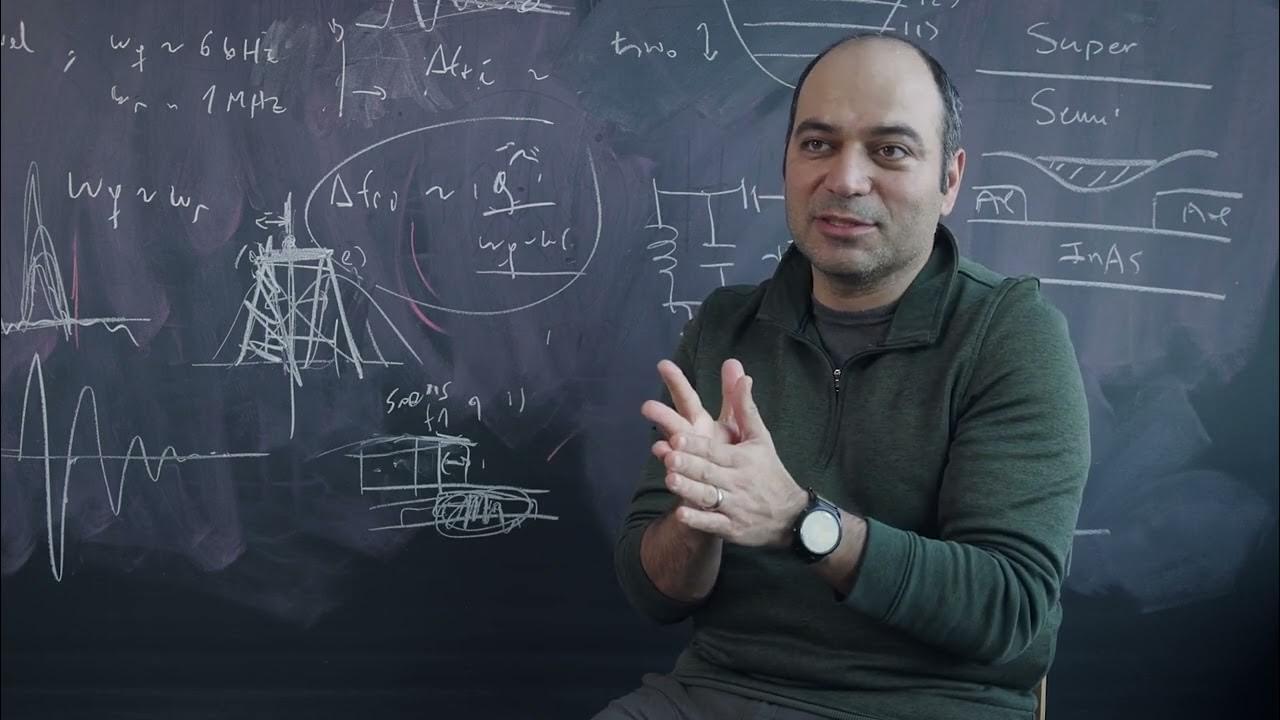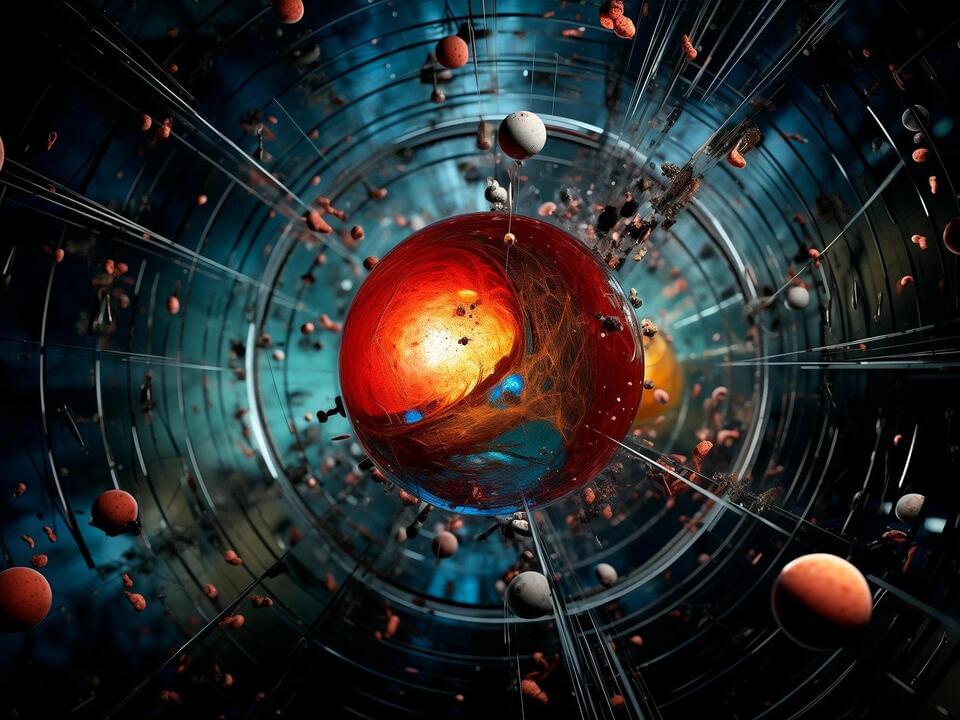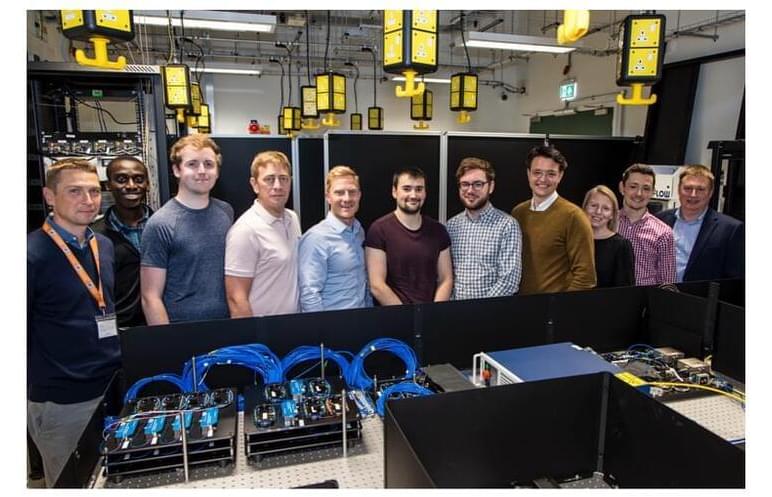Quantum chromodynamics (QCD) is the theoretical framework for studying the forces within atomic nuclei and their constituent protons and neutrons. A major part of QCD research involves how quarks and gluons are contained within nucleons (protons and neutrons).
Category: quantum physics – Page 101
Is your mind blown yet? It should be.
We might never reach the stage where we could perform such an experiment, but thinking about it raises several interesting questions. Why is what we believe about how the world works inconsistent with quantum mechanics? Is there an objective reality, even on the macroscopic scale? Or is what you see different than what I see? Do we have a choice in what we do?
At least one thing is for sure: We are not seeing the whole picture. Maybe our understanding of quantum mechanics is incomplete, or maybe something changes when we scale it to the macroscopic world. But perhaps our role as conscious observers of the world around us is, indeed, unique.
Implementing error correction in a quantum computer requires putting together a lot of different things. Of course, you want to start with good physical qubits that have as low a physical error rate that you can achieve. You want to add in an error correction algorithm, like the surface code, color code, q-LDPC, or others that can be implemented in your architecture, and you need a fast real time error decoder that can look at the circuit output and very quickly determine what the error is so it can be corrected. The error decoder portion doesn’t get as much attention in the media as the other things, but it is a very critical portion of the solution. Riverlane is concentrating on providing products for this with a series of solutions they name Deltaflow which consists of both a classical ASIC chip along with software. The Deltaflow solution consists of a powerful error decoding layer for identifying errors and sending back corrective instructions, a universal interface that communicates with the computer;s control system, and a orchestration layer for coordinating activities.
Riverlane has released its Deltaflow Error Correction Stack Roadmap that show yearly updates to the technology to support an increase in the number of QuOps (error free Quantum Operations) by 10X every year. We reported last year on a chip called DD1 that is part of their Deltaflow 1 solution that is capable of supporting 1,000 QuOps using a surface code error correction algorithm. And now, Riverlane is defining solutions that will achieve 10,000 QuOps with Deltaflow 2 later this year, 100,000 QuOps with Deltaflow 3 in 2025, and 1,000,000 QuOps, also called MegaQuops in 2026, with their Deltaflow Mega solution.
One characteristic that Riverlane is emphasizing in these designs is to perform the decoding in real time in order to keep the latencies low. Although it is fine for an academic paper to send the ancilla data off to a classical computer and have it determine the error, it might take milliseconds for the operation to complete. That won’t cut it in a production environment running real jobs. With their Deltaflow chips, these operations can be performed at megahertz rates and Riverlane has implemented techniques such as a streaming, sliding window, and parallized decoding approaches to increase the throughput of the decoder chips as much as possible. In future chips they will be implementing “fast logic” capabilities for Clifford gates using approaches including lattice surgery and transversal CZ gates.
PDF | On Jan 1, 2009, Galen Strawson published Realistic Monism: Why Physicalism Entails Panpsychism | Find, read and cite all the research you need on ResearchGate.
Image: Custom colormap package by cmastro; Claire Lamman / DESI collaboration On April 4, 2024, the Dark Energy Spectroscopic Instrument (DESI), a collaboration of more than 900 researchers from over 70 institutions around the world, announced that they have made the most precise measurement of the expansion of the universe and its acceleration.
Javad Shabani is an Associate Professor of Physics and the Director of the Center of Quantum Information Physics. Shabani seeks to investigate quantum technology, the future of quantum computing, and quantum sensing applications.
Visit the Shabani Lab: http://shabanilab.com/
Meet more of NYU’s Arts \& Science faculty: https://as.nyu.edu/features/meet-facu…
Follow us on Instagram: / nyuartsandscience.
Researchers have successfully measured the quantum structure of radium monofluoride (RaF) using ion-trapping and specialized laser techniques, allowing for the detailed characterization of its rotational energy…
Infleqtion, the world’s leading quantum information company, announced the installation of a cutting-edge neutral atom quantum computer at the National Quantum Computing Centre (NQCC).
PRESS RELEASE — Infleqtion, the world’s leading quantum information company, is proud to announce the installation of a cutting-edge neutral atom quantum computer at the National Quantum Computing Centre (NQCC). This marks a significant milestone as Infleqtion becomes the first company to deploy hardware at the NQCC under their quantum computing testbed programme. The news comes on the heels of Infleqtion’s rapid advancement in quantum gate fidelity.
Tim Ballance, President of Infleqtion UK, said, “Our recent installation is part of Infleqtion’s dedication to leading facility logistics in partnership with our colleagues at the NQCC. Together, we are establishing crucial infrastructure components such as network infrastructure, safety protocols, and security measures. Infleqtion has completed our second milestone, which includes the installation and in-situ characterisation of primary lasers, optical, vacuum, and electronic subsystems necessary for the quantum computer to function. This accomplishment demonstrates our advanced technology and expertise in the field.”
In parallel to the delivery of the quantum computing testbed hardware, Infleqtion’s quantum software team are working closely on near term applications of quantum computing with NQCC researchers and Infleqtion’s partners Oxfordshire County Council, Riverlane, and QinetiQ. This work includes using Infleqtion’s Superstaq software to apply quantum optimisation to tackle challenges such as traffic management in Oxfordshire. A principal goal of these activities is to demonstrate the practical applications of quantum technology on both a regional and national scale, particularly in areas such as national security and defence.
A breakthrough in integrated photonics has allowed researchers to harness light manipulation on silicon chips, paving the way for improved quantum computing and secure communications.
They developed compact silicon ring resonators to manage 34 qubit-gates and established a novel five-user quantum network.
Quantum Leap in Integrated Photonics.
